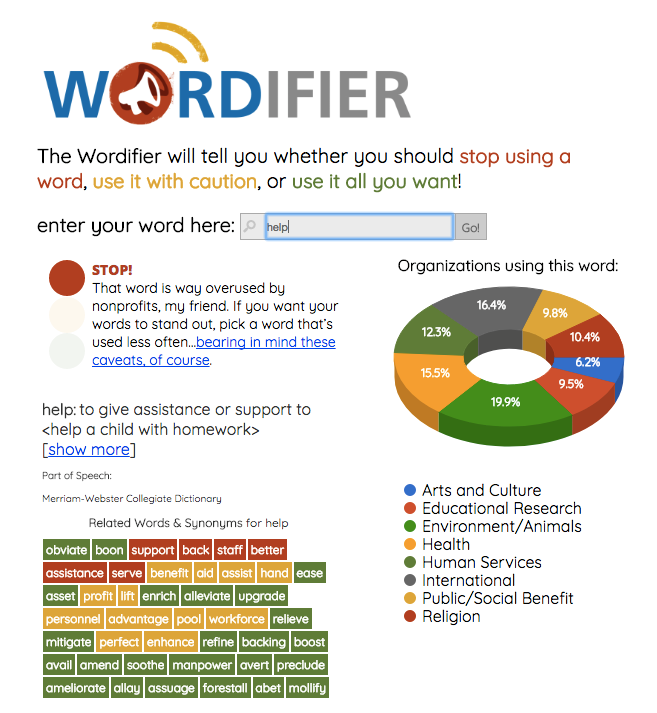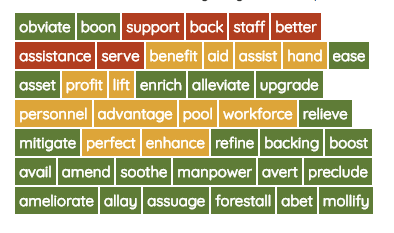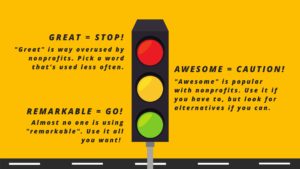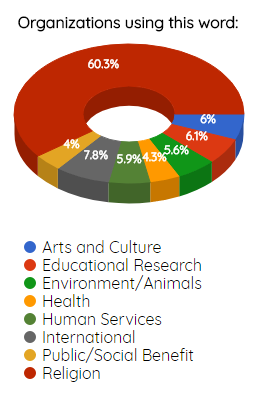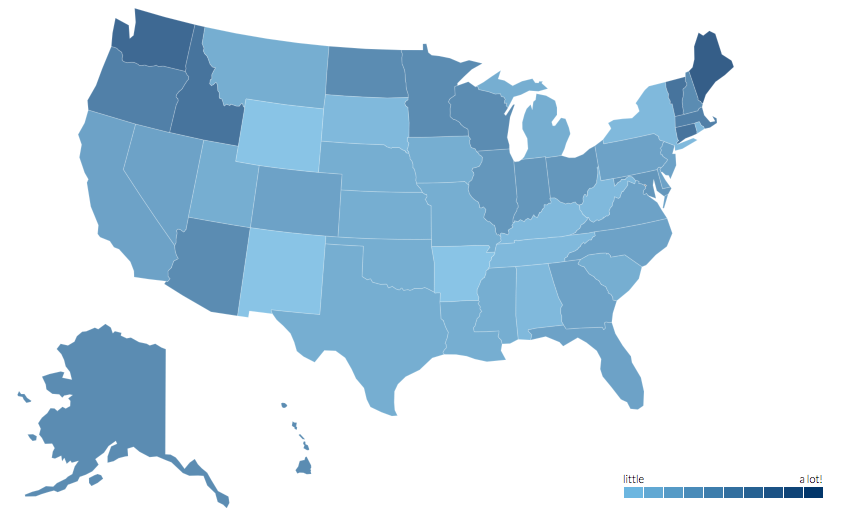 Goals. Objectives. What’s the difference? And do you need to care?
Goals. Objectives. What’s the difference? And do you need to care?
If you care about your nonprofit being successful then, yes, you need to care. You know that setting appropriate goals and objectives are key to the success of your nonprofit’s initiatives, and your nonprofit as a whole. Because you can’t save the world without a plan!
And according to the Claxon Method, if you’re not clear on your goal, you can’t identify your target audience, and then your messaging risks running amuck. And, although amuck is fun to say, it’s not strategic to do.
That’s why this month, we’re diving deeper in the meanings of goal and objective. We wanted to know: Can we glean anything useful by looking at the history and evolution of these two seemingly similar words?
Let’s start by looking at how we use these today, especially in the business world:
Goal: An overarching aspiration that guides your decisions.
Objective: The smaller, measurable steps that get you to your goal.
For example, the goal of your nonprofit organization may be to end homeless in your city. An objective may be to increase the amount of affordable housing in your city by 50% within 5 years.
Makes sense.
While these words both evolved at different times and in different ways, the definition is basically the same: A destination. Maybe that’s why people use them almost interchangeably.
But it’s worth understanding where these two words came from and, therefore, how they are distinct from one another.
It turns out goal has a longer history than its cousin objective. According to Etymology Online, it first appeared in a poem in the early 14th century as gol, indicating a boundary or limit. The interesting thing? That poem was the word’s only known appearance until a few decades later, when it started to show up as “the endpoint of a race”.
So goal has its roots in sports. Obviously, there’s still a lot of goal-talk today in sports. But when did it evolve to also mean a purpose, or something to strive for, outside of a sport?
Most likely, somewhere around 1960 when the word’s frequency in written communications began to increase drastically:
Why the increase? Dunno exactly. But there’s no denying it became in vogue to have/use/write about/talk about having goals. Cuz, #LifeGoals.
In comparison to goal, objective hasn’t been around as long. It appeared as an adjective in 1610 as the counter to subjective, meaning simply “in relation to its object”. Only much later, in 1855, did it start to indicate “unbiased and quantifiable”. (If you’ve ever put together a research study or survey, you’ll know this usage well.)
The usage we’re interested in for this post, meaning “aim or goal” came about much later. In 1881 to be exact. Objective point is a military term used to describe a place upon which to focus a troop’s attention. The stand-alone objective (minus the point) evolved from this usage.
So, whereas goal sprouted from a general boundary or endpoint in a race, objective is rooted in military strategy. Could this be why objectives are smaller and more measurable than goals? In military strategy, your overall goal may be to win a war, and its the objective points of individual troops that will get you there.
I can’t say for sure if this is the case. But I can say that being mindful of the difference between goals and objectives, and having both for your organization make you and your nonprofit more successful. And your messaging more remarkable!
Side note: According to The Wordifer, goal is one of those words that nonprofits use too darn much in their external communications. Yet, its cousin objective isn’t nearly as prevalent. If you think about it, this makes sense. When we’re communicating our nonprofit’s purpose to the world via our website, we’ll often speak of our end goals, and not the objectives that carry us there. However, if your goal is to inspire trust in your supporters — and it should be — you might way to share your objectives as well.








